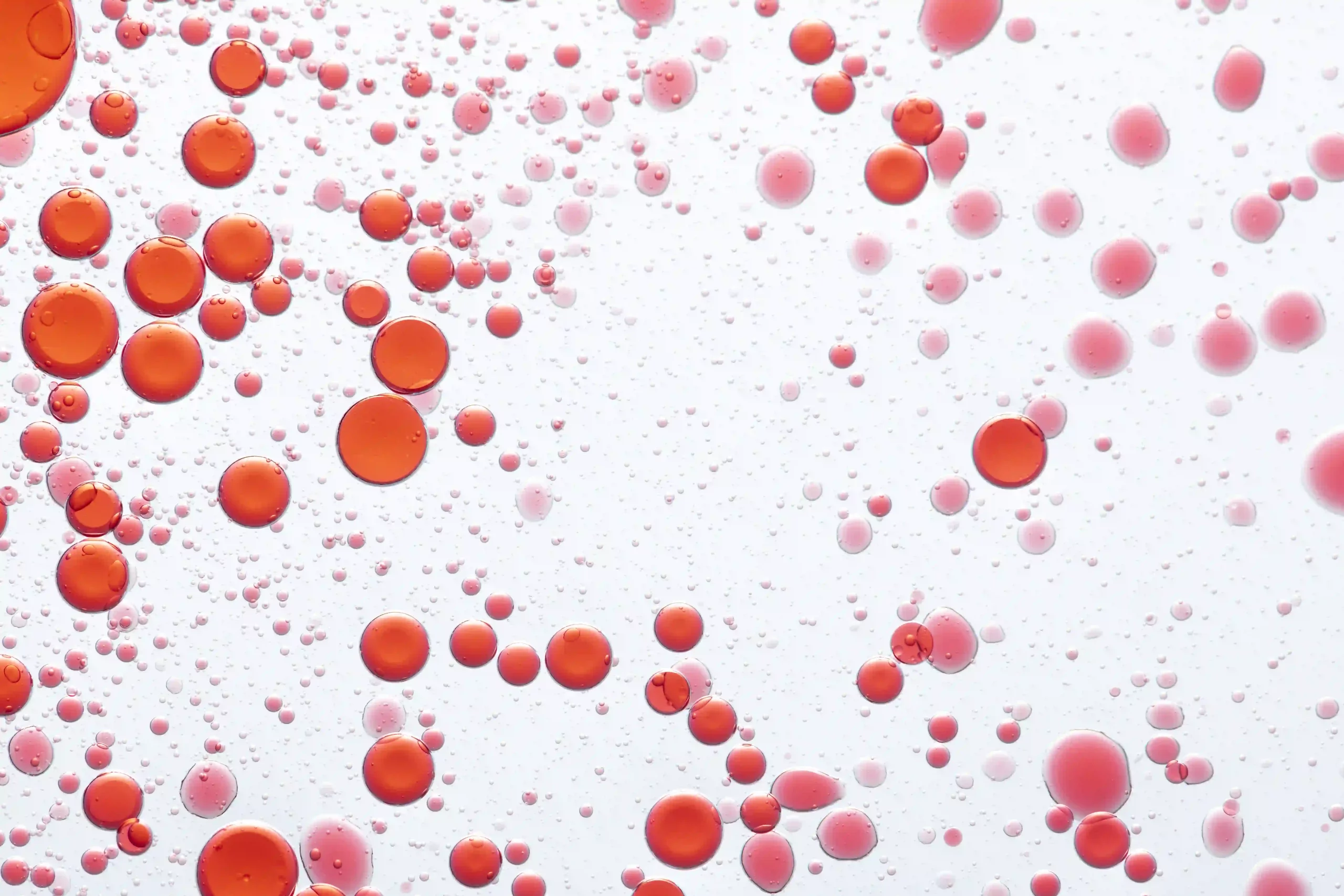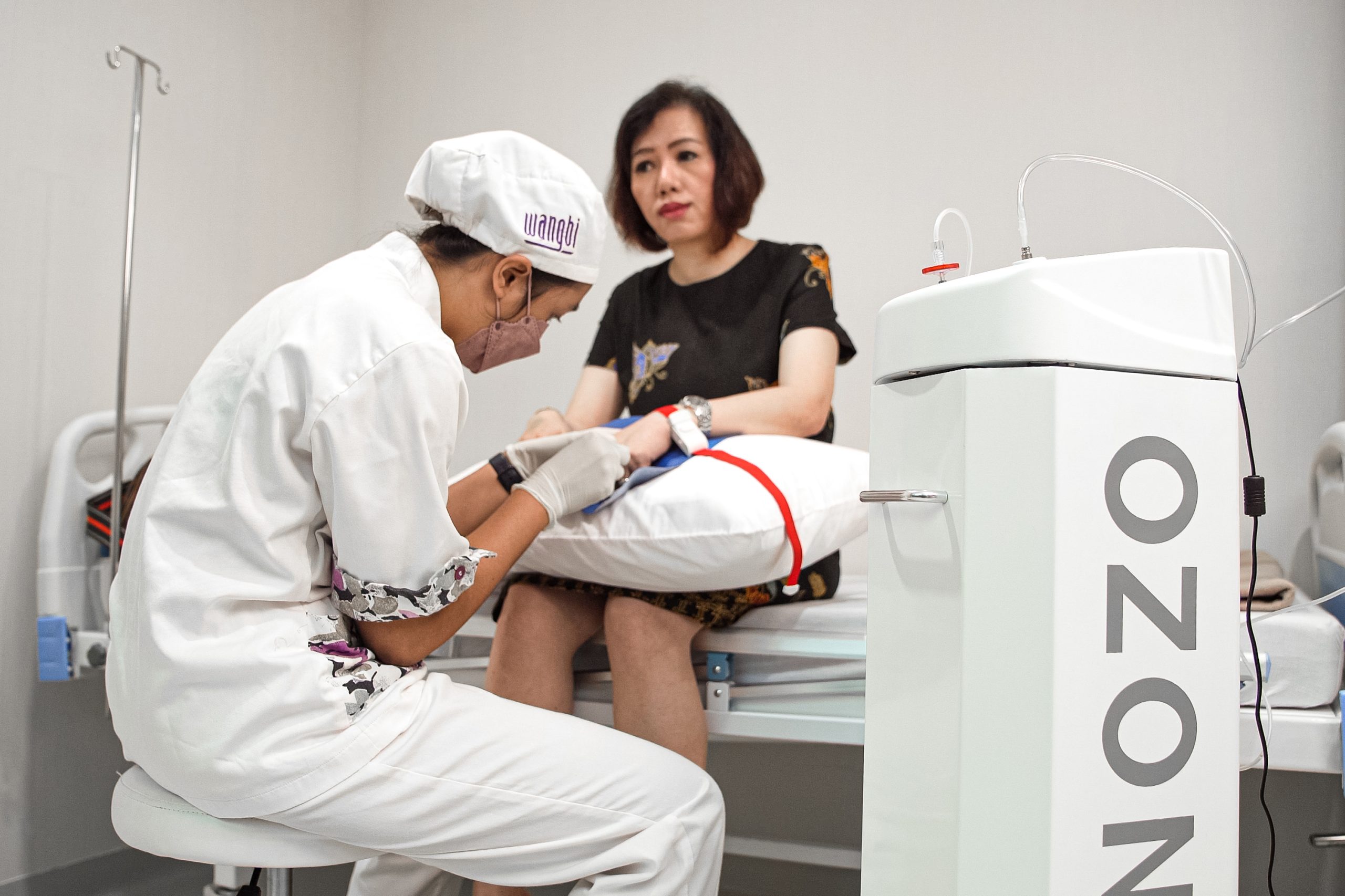Clinic Medical Ozone Therapy
Definition And Methods
Ozone (O3) is a molecule composed of three oxygen atoms, as opposed to the two oxygen atoms in the air we breathe (O2). Ozone therapy is considered as an alternative medical treatment that involves the administration of ozone gas into the body for therapeutic purposes.
There are several methods of administering ozone therapy, including:
- Ozonated water: Ozone is bubbled through water, creating ozonated water, which is then consumed or used for various purposes, such as topical applications.
- Ozonated saline: Ozone is bubbled through saline solution (NaCl), which is then administered intravenously by infusion, intramuscularly, or subcutaneously.
- Ozone insufflation: Ozone gas is introduced into body cavities, such as the rectum (rectal insufflation) or the vagina (vaginal insufflation).
- Ozone autohemotherapy: A small amount of the patient’s blood is withdrawn, mixed with ozone, and then reinfused into the patient’s bloodstream.
- Ozone Injection: Ozone gas may be injected into specific tissues or joints for localized treatment.
Of all the methods above, Wangbi Medical Center provides ozonated saline therapy, with the following advantages:
- The therapy process is faster, only takes 10-20 minutes
- Is less invasive and simpler than other methods (same as a regular infusion process)
- Efficacy is comparable to other methods
Ozone (O3) is a molecule composed of three oxygen atoms, as opposed to the two oxygen atoms in the air we breathe (O2). Ozone therapy is considered as an alternative medical treatment that involves the administration of ozone gas into the body for therapeutic purposes.
There are several methods of administering ozone therapy, including:
- Ozonated water: Ozone is bubbled through water, creating ozonated water, which is then consumed or used for various purposes, such as topical applications.
- Ozonated saline: Ozone is bubbled through saline solution (NaCl), which is then administered intravenously by infusion, intramuscularly, or subcutaneously.
- Ozone insufflation: Ozone gas is introduced into body cavities, such as the rectum (rectal insufflation) or the vagina (vaginal insufflation).
- Ozone autohemotherapy: A small amount of the patient’s blood is withdrawn, mixed with ozone, and then reinfused into the patient’s bloodstream.
- Ozone Injection: Ozone gas may be injected into specific tissues or joints for localized treatment.
Of all the methods above, Wangbi Medical Center provides ozonated saline therapy, with the following advantages:
- The therapy process is faster, only takes 10-20 minutes
- Is less invasive and simpler than other methods (same as a regular infusion process)
- Efficacy is comparable to other methods
Benefits of Ozone Therapy?
-
 Strengthening the immune system, by stimulating the immune system, helping the body fight infections and illnesses
Strengthening the immune system, by stimulating the immune system, helping the body fight infections and illnesses -
 Improved oxygenation in the bloodstream
Improved oxygenation in the bloodstream -
 Antioxidant effects, which could counteract the harmful effects of free radicals in the body
Antioxidant effects, which could counteract the harmful effects of free radicals in the body -
 Anti-Inflammatory effects (reduce inflammation and alleviate pain) & Anti-microbial effects
Anti-Inflammatory effects (reduce inflammation and alleviate pain) & Anti-microbial effects
What Health Issues or Diseases
May Benefit from Ozone Therapy
- Metabolic disorders (Hypertension, Diabetes Mellitus, Chronic Stable Coronary Syndrome, etc)
- Inflammatory conditions and Chronic Pain (Arthritis, Autoimmune Disorders, etc)
- Post stroke state
- Post Covid State
- Cancer patients (help to overcome the adverse effects of chemotherapy)
- Early Aging
- Diabetic ulcers and other infected wounds
What Health Issues or Diseases
May Benefit from Ozone Therapy
- Metabolic disorders (Hypertension, Diabetes Mellitus, Chronic Stable Coronary Syndrome, etc)
- Inflammatory conditions and Chronic Pain (Arthritis, Autoimmune Disorders, etc)
- Post stroke state
- Post Covid State
- Cancer patients (help to overcome the adverse effects of chemotherapy)
- Early Aging
- Diabetic ulcers and other infected wounds
